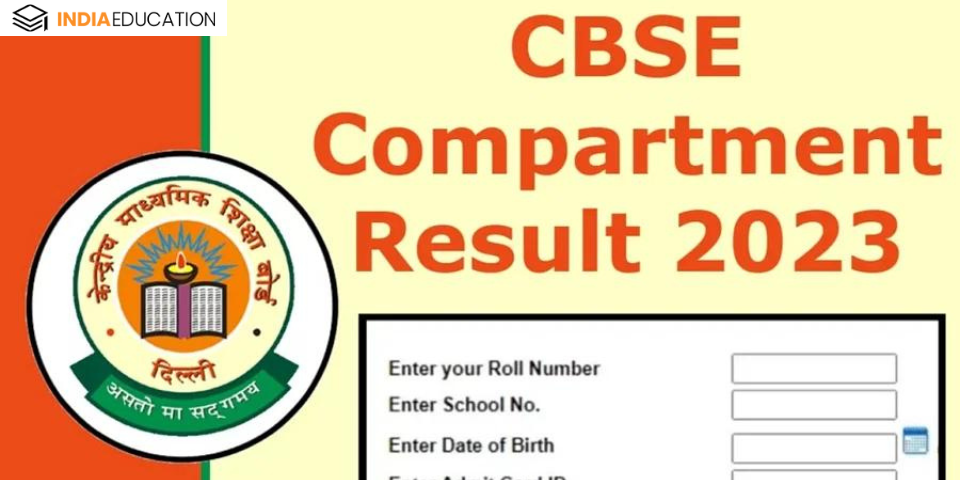

Since CLAT 2015 is going online for the first time, there would be slight changes in the exam pattern, especially for the LL.M program’s CLAT. There will only be objective questions for the online CLAT, hence no more subjective questions for CLAT 2015 (for post graduate law courses).
Exam Pattern of CLAT 2015 and distribution of marks are given in this section.
CLAT 2015 Test Paper Pattern
Exam pattern for CLAT 2015 (for admission to under graduate programmes):
Total Marks | 200 |
Total number of multiple-choice questions of 1 mark each | 200 |
Duration of CLAT 2015 | 2 hours |
Subject areas with weightage: | |
English including Comprehension | 40 Marks |
General Knowledge/ Current Affairs | 50 Marks |
Elementary Mathematics (Numerical Ability) | 20 Marks |
Legal Aptitude | 50 Marks |
Logical Reasoning | 40 Marks |
There will be negative marking of 0.25 marks for every wrong answer.
The different subject areas of CLAT 2015 for admission to UG law programs are:
1. English including Comprehension
This section will test your aptitude in English through comprehension passages and grammar. In the comprehension section, you will be assessed on your understanding of the passage given, its central theme and meanings of the words used therein, etc. The grammar section will focus on correction of incorrect grammatical sentences, filling of blanks in the given sentences with appropriate words, etc.
2. General Knowledge and Currents Affairs
This section will evaluate your general knowledge including static general knowledge. Questions on current affairs will test your knowledge in current affairs that took place mainly in the last one year.
3. Mathematics
Questions will test your knowledge in elementary mathematics (mathematics taught till 10th standard).
4. Legal Aptitude
This section will test your interest towards study of law, research aptitude and problem solving ability. Questions asked may comprise of legal propositions/ principles and a set of facts to which the said proposition/ principle has to be applied to arrive at a most reasonable conclusion. Such propositions may or may not be ‘true’ in the real sense; yet you will have to assume that the given propositions are true and answer the questions accordingly.
An example of such legal proposition may be that any person who speaks in a movie hall and disturbs others who are watching the movie will be banned from entering any movie theatre across India for one year.
5. Logical Reasoning
The purpose of the logical reasoning section is to assess your skill to identify patterns, logical links and correct illogical arguments. It will include a wide variety of logical reasoning questions such as syllogisms, logical sequences, analogies, etc. However, visual reasoning will not be tested.
Tie-Breaking
If two or more candidates in the CLAT 2015 score equal marks, the tie will be broken by the following procedure and order:
- Higher marks in the legal aptitude section of CLAT-2015
- Higher age
- Computerized draw of lots
Exam pattern for CLAT 2015 (for admission to post graduate programmes):
Long Essay Type Descriptive Questions (for 100 marks) were asked till CLAT 2014, but from CLAT 2015 onwards, only MCQs (multple choice questions) will be included. The number of MCQs have increased from 50 to 150:
Total Marks | 150 |
Duration of examination | Two Hours |
Multiple-Choice Questions | 150 |
(Covering all compulsory law subjects prescribed by the BCI for the Under-Graduate Course: 1. Constitutional Law: 50
| (150 questions * 1 mark) |
There will be negative marking of 0.25 marks for every wrong answer.
Tie-breaking
In the event of equal marks scored by two or more candidates in the CLAT 2015, the tie will be broken by the following procedure and order:
- Higher age
- Computerized draw of lots
Related Links

Latest
Articles
CBSE Compartment Result 2023 OUT: Click For Direct Link
Home CBSE Compartment Result 2023 OUT: Click For Direct Link The CBSE 10th Compartment Result 2023 is expected to be
IIT Roorkee Launches Professional Certification Program in Product Management
Home IIT Roorkee Launches Professional Certification Program in Product Management The fees five-month long programme is for Rs 1,40,000 +
Join Our Whatsapp Community
Lorem ipsum dolor sit amet, consectetur adipisicing elit, sed do eiusmod tempor incididunt ut labore et dolore magna aliqua. Ut enim ad minim veniam, quis nostrud







